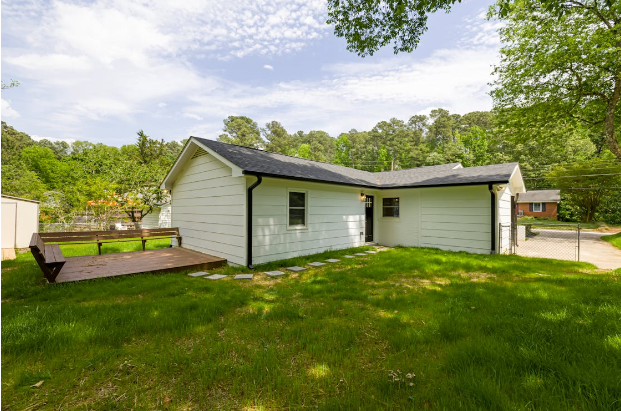Tiny homes have become a captivating trend across the globe, and Canada is no exception. These miniature dwellings, typically under 400 square feet, offer a unique lifestyle that prioritizes minimalism, affordability, and environmental consciousness. Let’s delve into the reasons behind the rise of tiny homes in Canada and explore the opportunities and challenges associated with this growing movement.
Why Tiny Homes are Appealing to Canadians:
- Affordability Crisis: Canada’s housing market, particularly in major cities, has become increasingly expensive. Tiny homes offer a more affordable alternative to traditional housing, allowing Canadians to achieve homeownership or live mortgage-free.
- Minimalist Movement: Many Canadians are embracing minimalism, seeking to live with less and prioritize experiences over possessions. Tiny homes perfectly complement this lifestyle, encouraging intentional use of space and a focus on what truly matters.
- Environmental Responsibility: Tiny homes have a smaller environmental footprint compared to traditional houses. They require less building material, use less energy for heating and cooling, and can often incorporate sustainable features like solar panels and composting toilets.
- Mobility and Freedom: Tiny homes on wheels offer the freedom to explore and experience different locations. This appeals to Canadians who crave adventure and a less conventional lifestyle.
Challenges and Considerations in Canada:
- Regulations and Zoning: Building codes and zoning regulations haven’t always caught up with the tiny home movement. Obtaining permits and finding land to legally park a tiny home can be challenging in some areas.
- Financing Options: Securing traditional mortgages for tiny homes can be difficult. Canadians interested in tiny home living may need to explore alternative financing options or consider tiny homes built on permanent foundations.
- Living in a Small Space: Downsizing to a tiny home requires significant adjustments. Storage space is limited, and cohabitation can require creativity and clear communication.
- Seasonality and Climate: Canada’s diverse climate presents unique considerations for tiny home living. Proper insulation, ventilation, and heating systems are crucial for year-round comfort, especially in harsh winters.
The Future of Tiny Homes in Canada:
The tiny home movement in Canada is still evolving. As regulations adapt and innovative designs emerge, tiny homes could become a more mainstream housing option. Here are some potential future directions:
- Tiny Home Communities: Designated communities with infrastructure and amenities specifically designed for tiny homes could offer a solution to zoning challenges and provide a sense of belonging for tiny home residents.
- Multi-Generational Living: Tiny homes could be used as secondary suites on larger properties, allowing for multi-generational living arrangements or additional rental income.
- Disaster Relief Solutions: The mobility and affordability of tiny homes make them a potential solution for temporary housing after natural disasters.
Conclusion:
The rise of tiny homes in Canada reflects a growing desire for simpler living, environmental responsibility, and alternative housing solutions. While challenges remain, the ingenuity and adaptability of Canadians can pave the way for a future where tiny homes offer a viable and attractive lifestyle option. Whether you dream of a tiny house on wheels parked amidst stunning Canadian landscapes or a tiny home nestled in an established community, this movement offers an exciting prospect for those seeking a unique and meaningful living experience.











